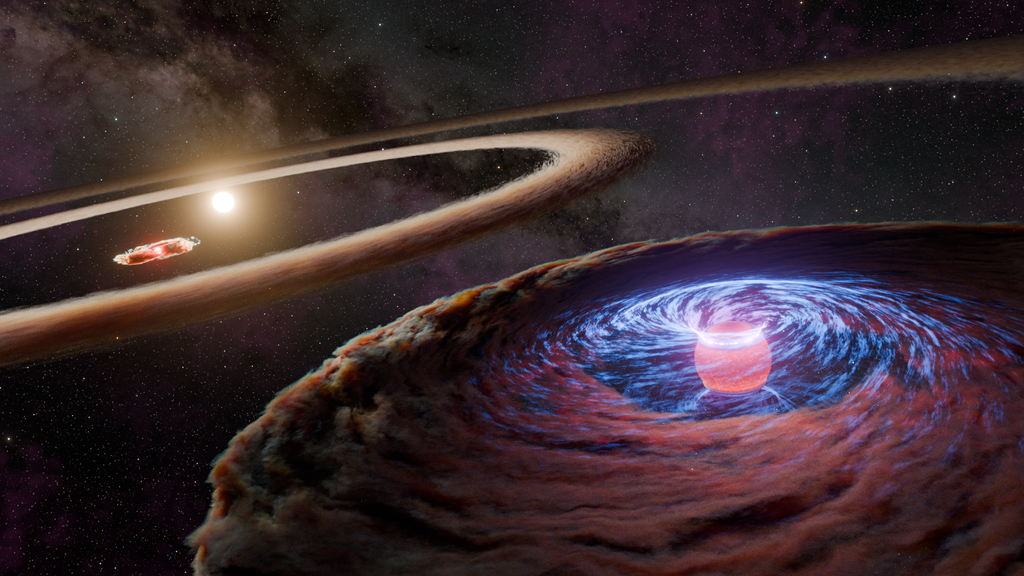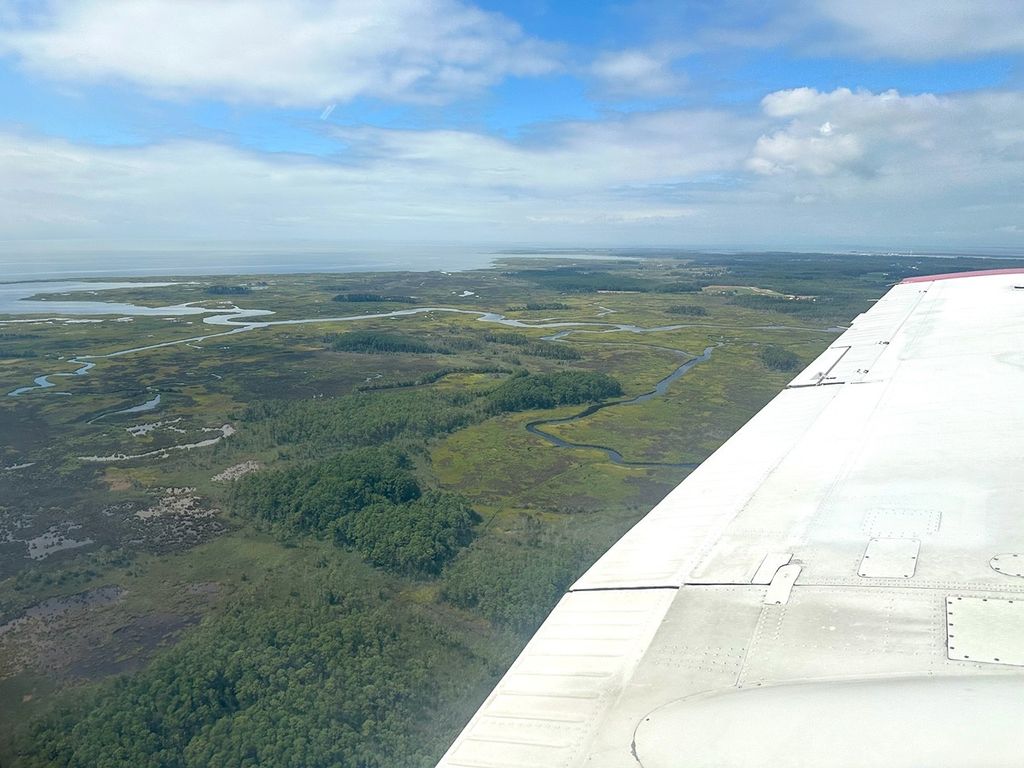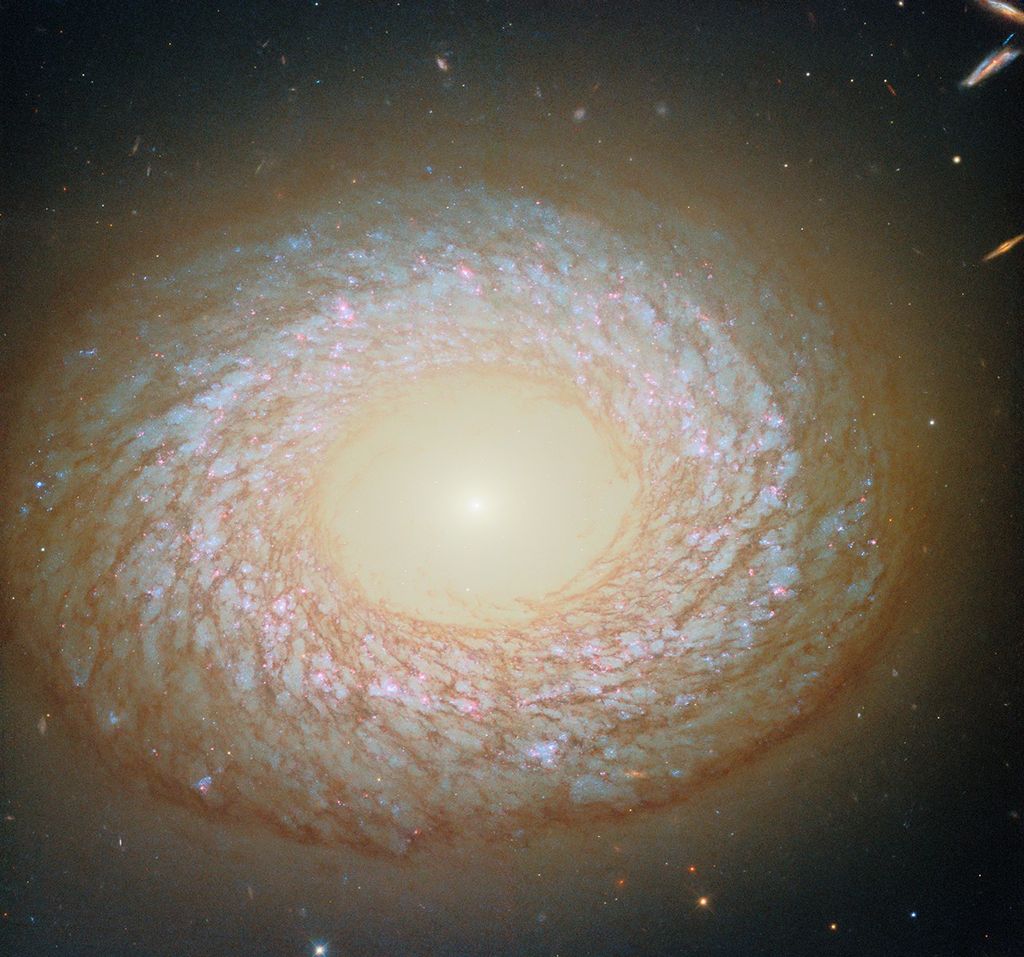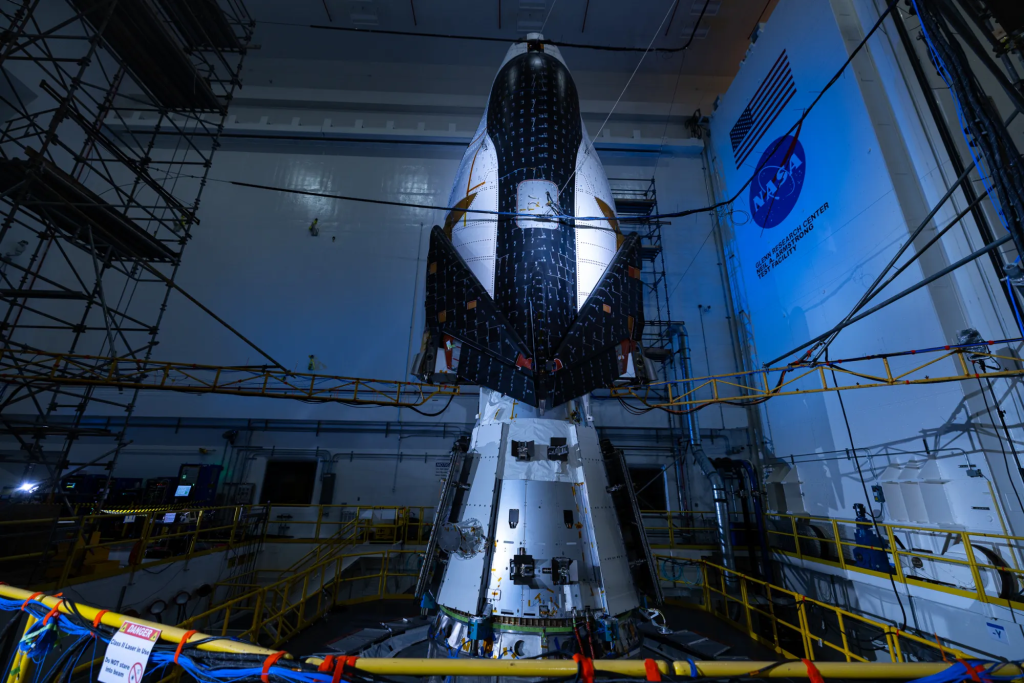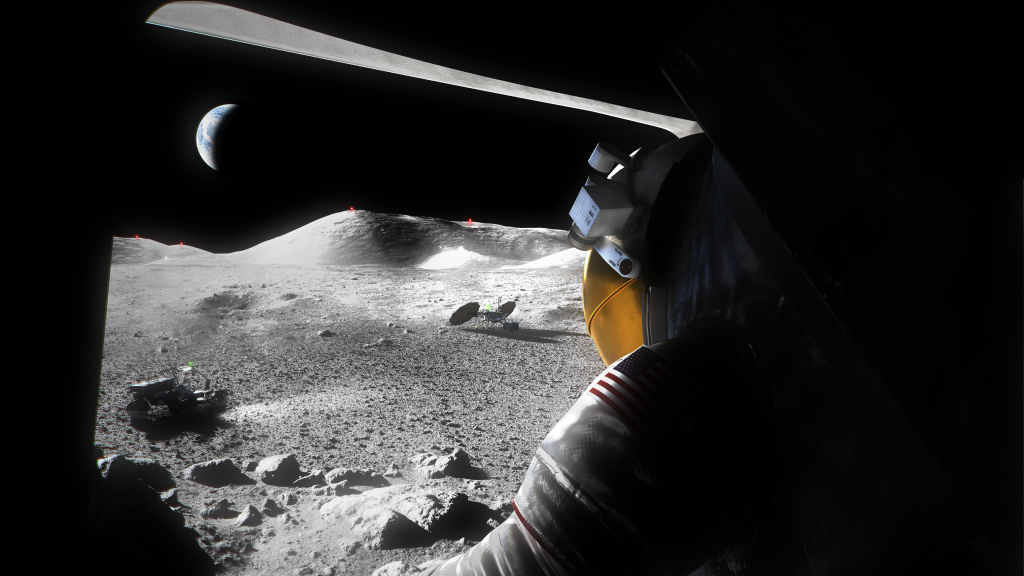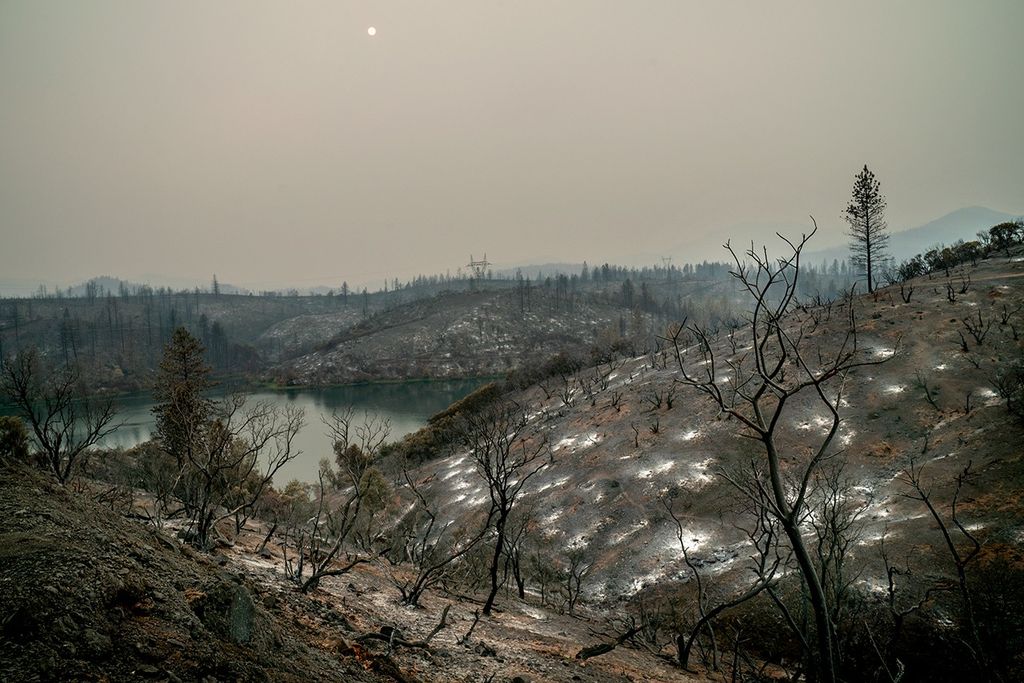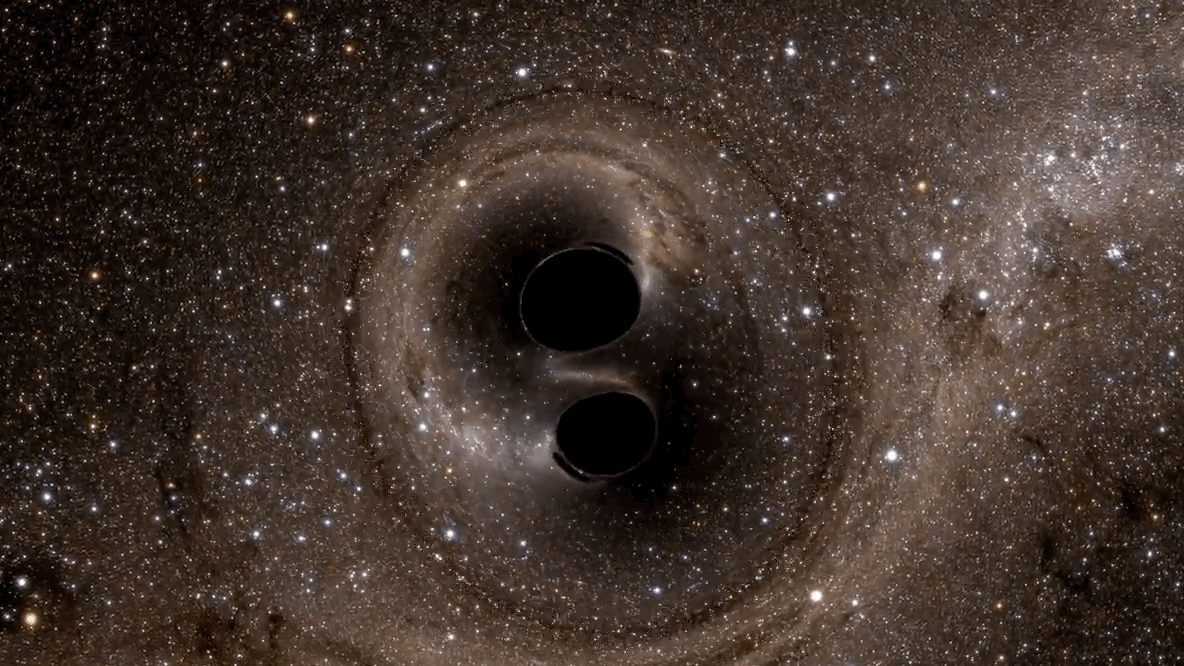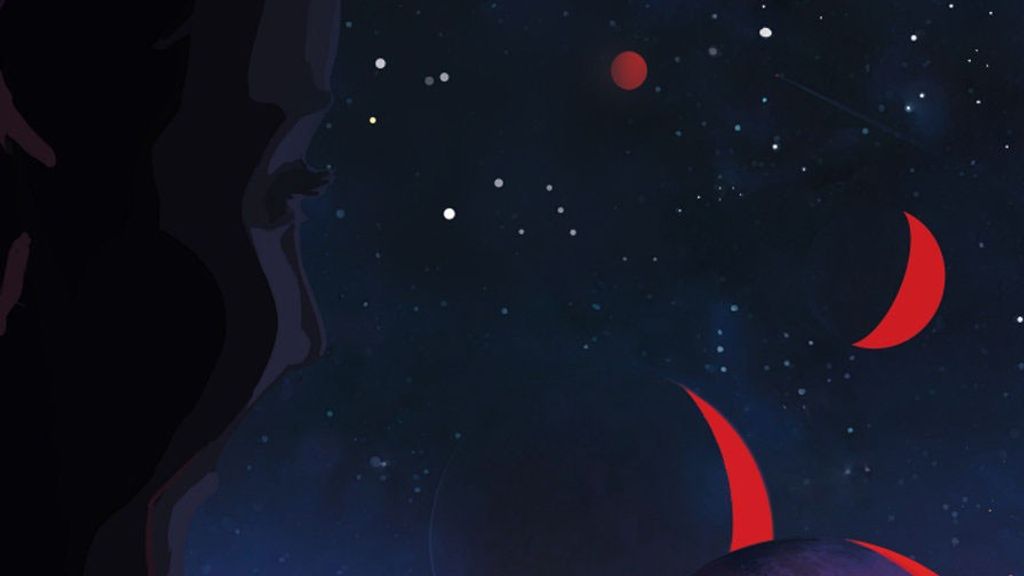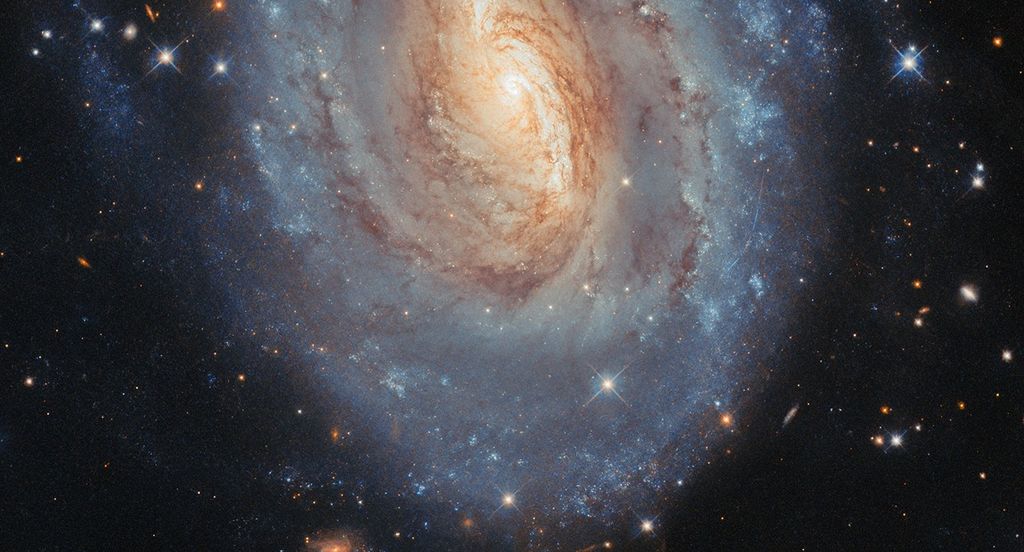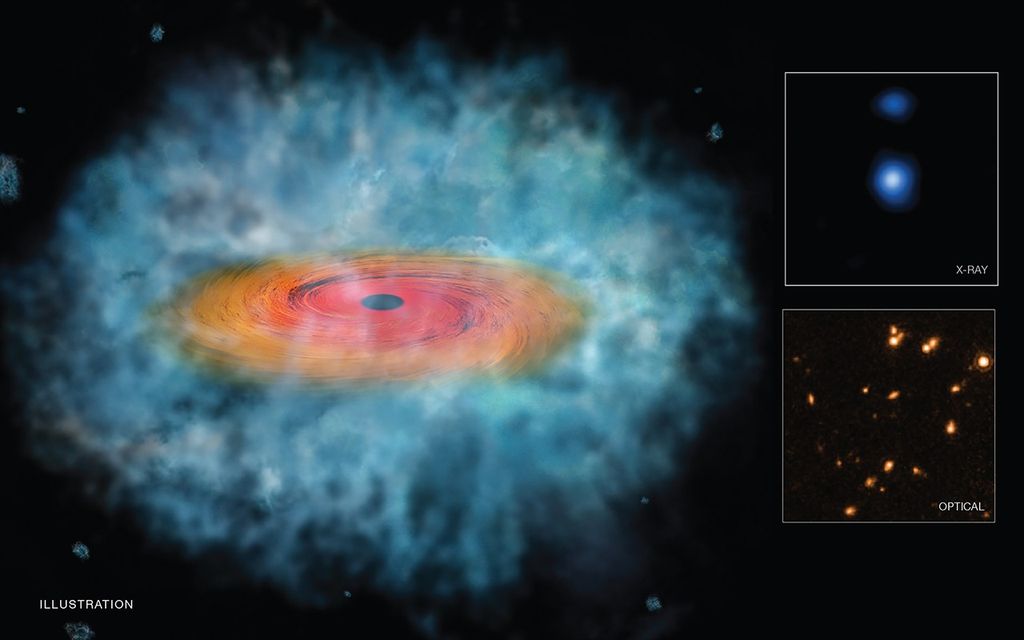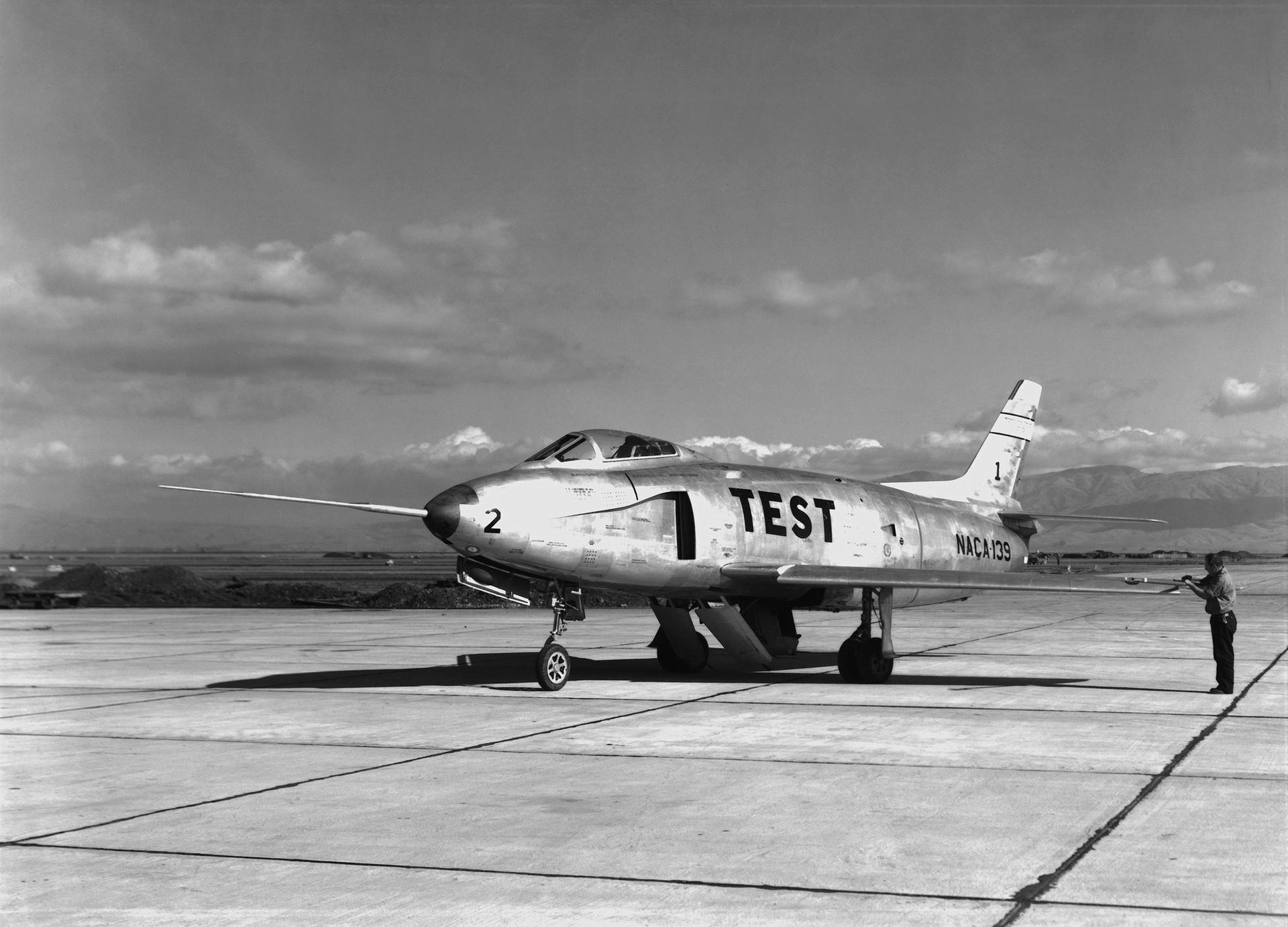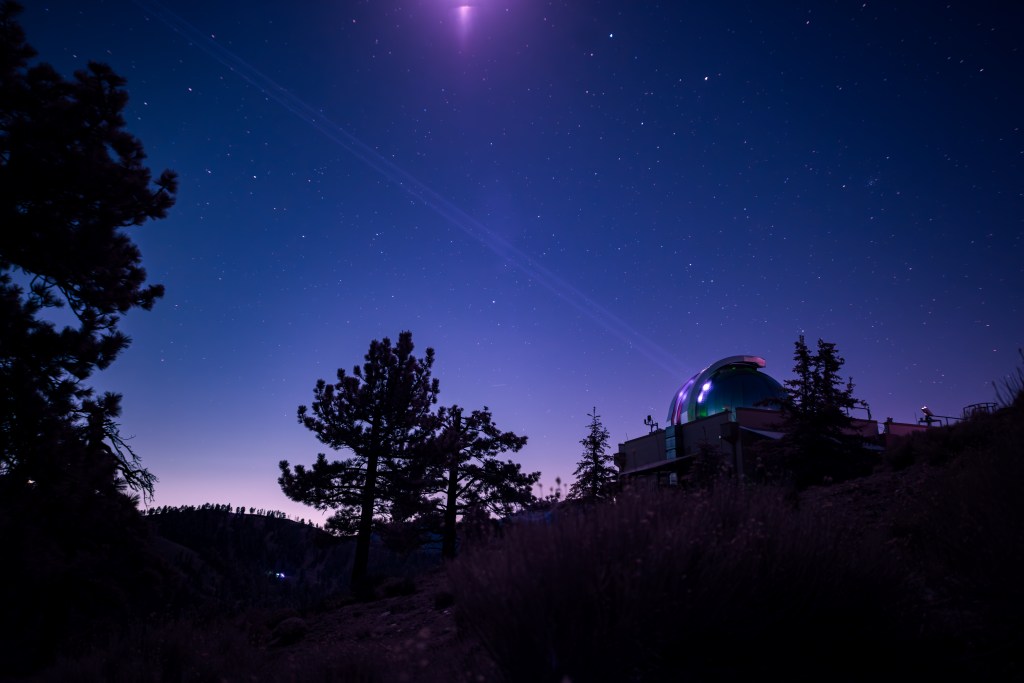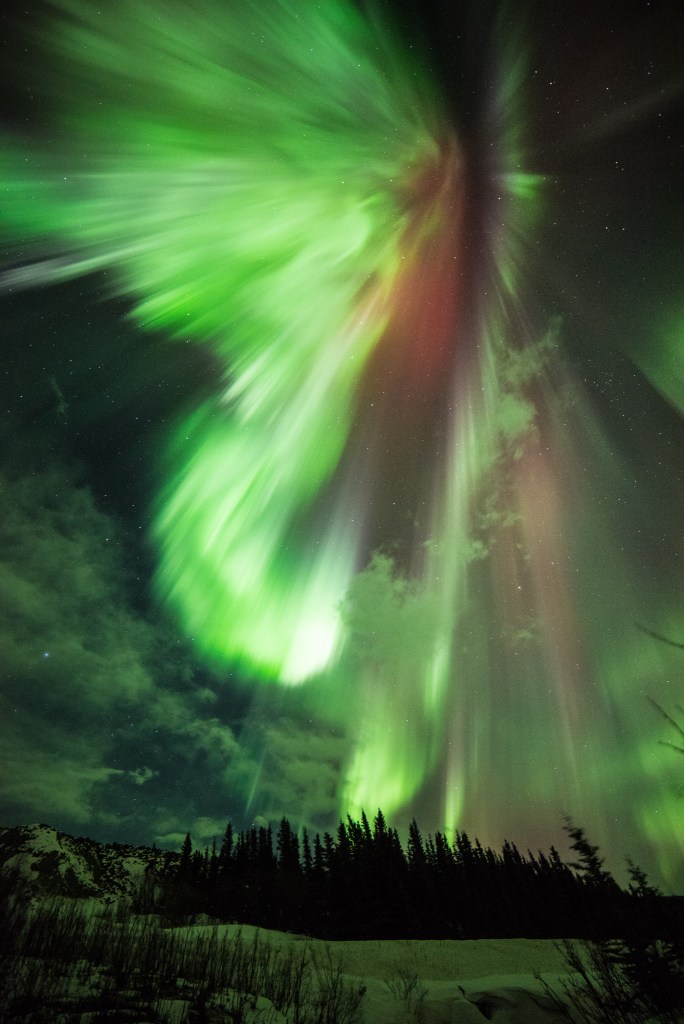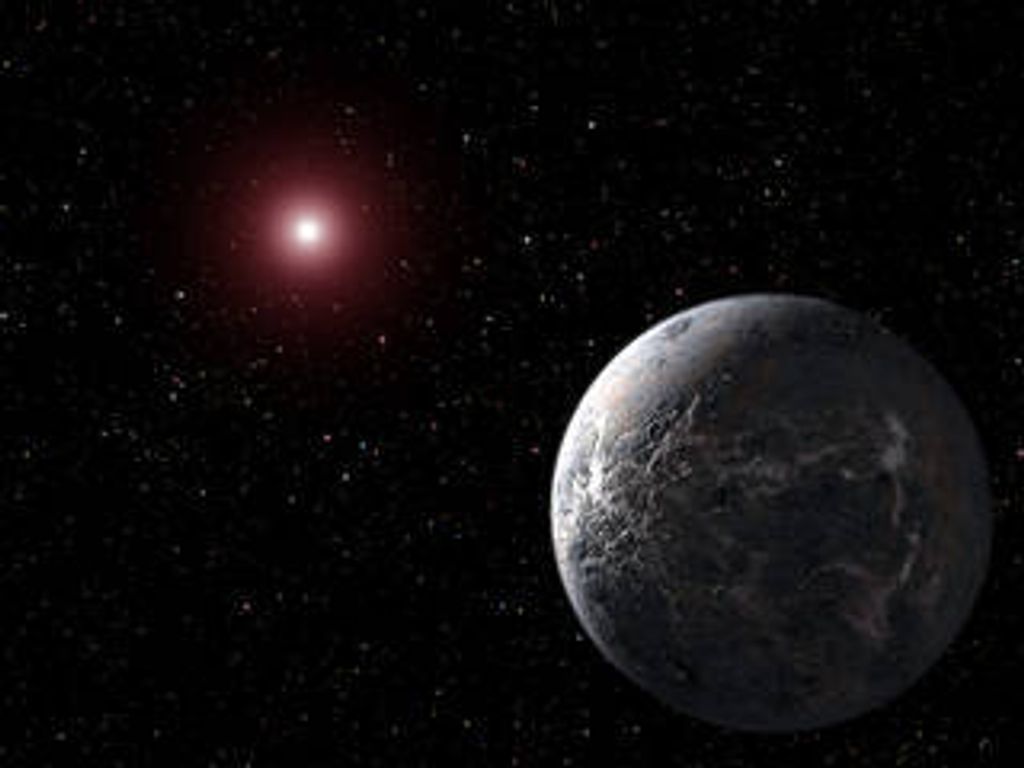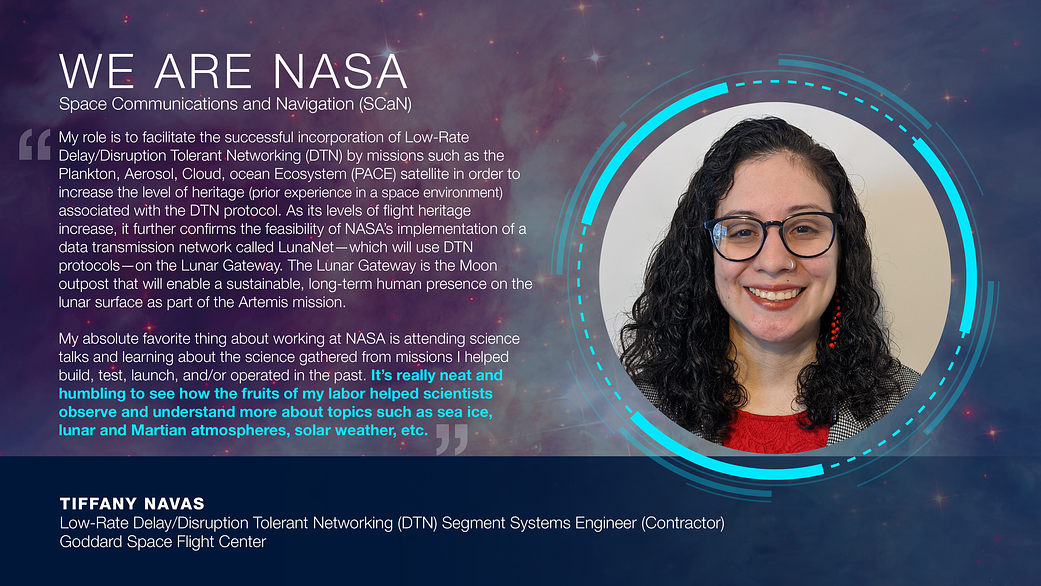What makes your job at NASA exciting or unique?
I get to work with a variety of teams and projects as they implement flight and terrestrial Delay/Disruption Tolerant Networking (DTN) components.
How does your job contribute to the Artemis missions and beyond?
My role is to facilitate the successful incorporation of Low-Rate DTN by missions, such as the Plankton, Aerosol, Cloud, ocean Ecosystem (PACE), in order to increase the level of heritage (prior experience in a space environment) associated with the DTN protocol. As its level of flight heritage increase, it further confirms the feasibility of NASA’s implementation of a data transmission network called LunaNet — which will use DTN protocols — on the Lunar Gateway. The Lunar Gateway is the Moon outpost that will enable as a sustainable, long-term human presence on the lunar surface as part of the Artemis mission.
What was your inspiration growing up?
For better or worse, I never knew of people with my intellectual interests who also looked like me growing up. Because of this, while my “career-related inspirations” list continues to evolve, my Mom has always been my constant inspiration. She’s a very strong and resilient woman who sacrificed her career, business, and home in Venezuela so that my brother and I could have a chance at a brighter future in the US. Therefore, no matter how difficult this industry can sometimes feel, my Mom has always continued to persevere, so I will too.
What’s your favorite thing about working for NASA?
My absolute favorite thing about working at NASA is attending science talks and learning about the science gathered from missions that I helped build, test, launch, and/or operated in the past. The scientists at NASA’s Goddard Space Flight Center and partner institutions are how we learn so much in this world and how it works. It’s really neat and humbling to see how the fruits of my labor help scientists observe and understand more about topics such as sea ice, lunar and Martian atmospheres, solar weather, etc.

